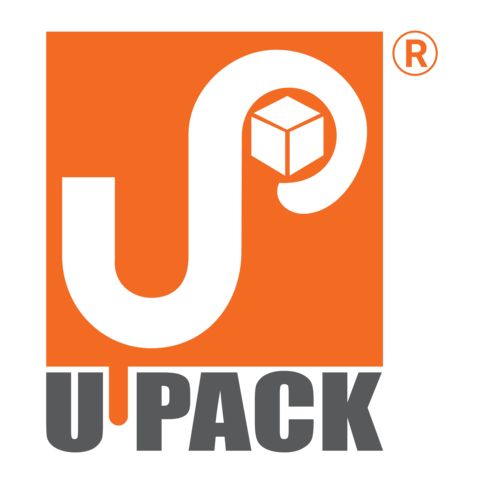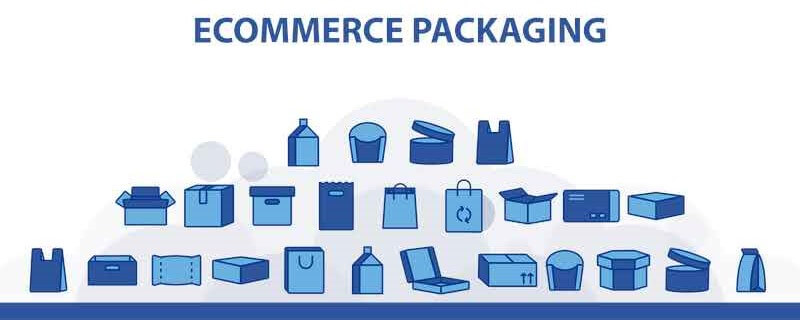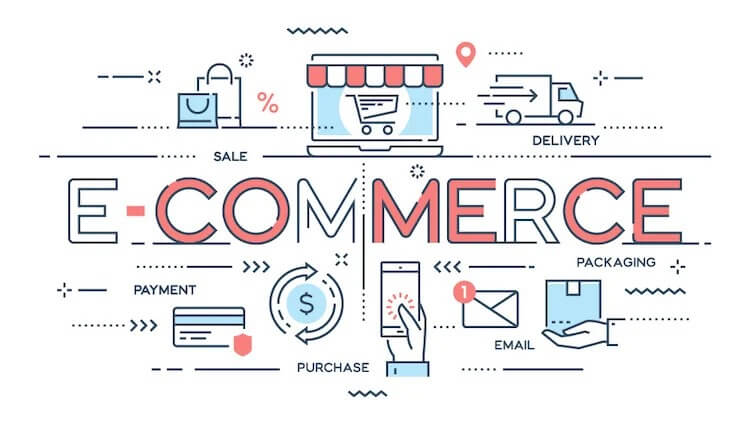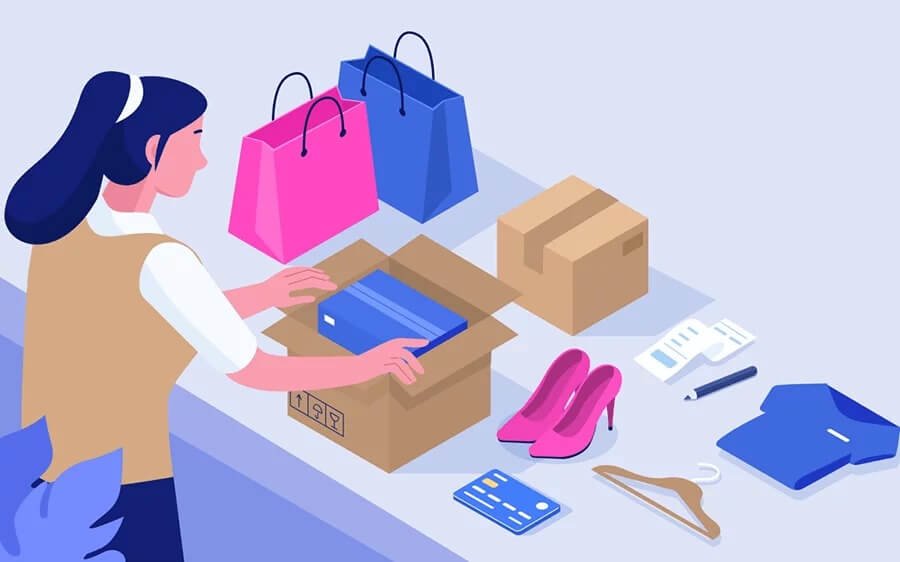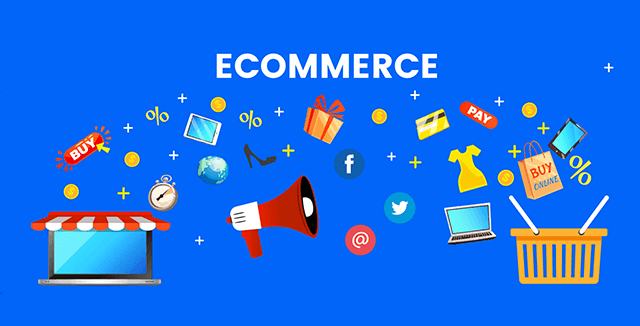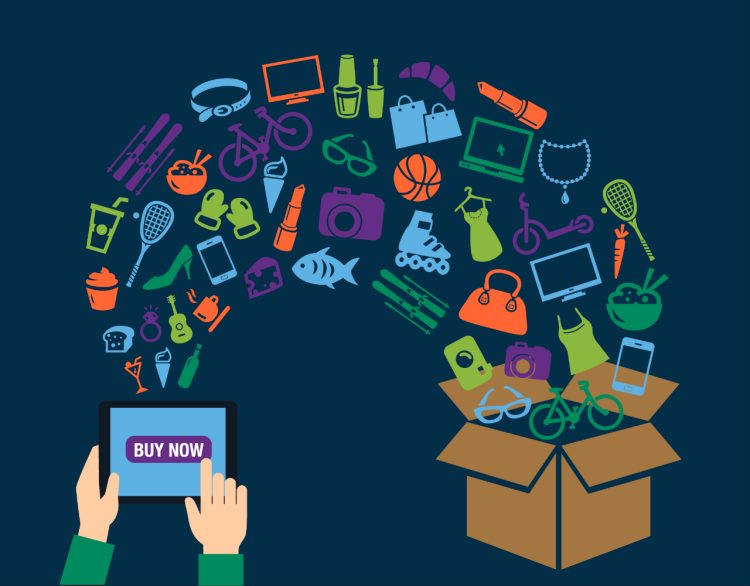Packaging Tomorrow: Innovations Shaping E-Commerce's Future
E-Commerce Unwrapped: Emerging Innovations in Packagin
"The world of ecommerce packaging has experienced tremendous growth in recent years, and with it, the demand for innovative packaging solutions has also increased. As consumers continue to shift towards online shopping, businesses are constantly looking for ways to enhance the packaging experience and meet the evolving needs of their customers. In this article, we will explore some of the future trends in eCommerce packaging and how they are shaping the industry.
One of the key trends in eCommerce packaging is sustainability. With growing concerns about the environment, consumers are becoming more conscious of the impact their purchases have on the planet. As a result, they are demanding packaging solutions that are eco-friendly and minimize waste. In response to this demand, many eCommerce businesses are adopting sustainable packaging practices, such as using recycled materials, reducing the use of plastic, and designing packaging that is easily recyclable.
Another trend in eCommerce packaging is personalization. In a world where consumers are bombarded with generic advertisements and products, personalization has become a powerful tool for businesses to stand out from the competition. By customizing packaging with the customer's name, adding personalized messages, or even creating unique packaging designs based on the customer's preferences, businesses can create a memorable and personalized experience for their customers.
In addition to sustainability and personalization, technology is also playing a significant role in shaping the future of eCommerce packaging. One of the emerging technologies in this space is augmented reality (AR). AR allows customers to visualize products in their own environment before making a purchase. This technology can be integrated into packaging, allowing customers to scan the packaging with their smartphones and see a 3D representation of the product. This not only enhances the customer's shopping experience but also reduces the likelihood of returns, as customers have a better understanding of what they are purchasing.
Furthermore, technology is also enabling businesses to track and monitor their packaging throughout the supply chain. With the help of sensors and IoT (Internet of Things) devices, businesses can gather real-time data on the condition and location of their packages. This not only ensures that the packages are handled properly during transportation but also allows businesses to identify any potential issues or delays in the delivery process. By having access to this data, businesses can improve their logistics operations and provide better customer service.
Another trend in eCommerce packaging is the rise of smart packaging. Smart packaging refers to packaging that incorporates electronic components or sensors to provide additional functionality. For example, some packaging solutions now include temperature sensors to ensure that perishable goods are kept at the right temperature during transportation.
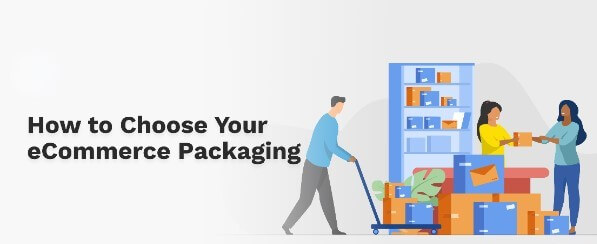
"The Future of E-Commerce Packaging: Embracing Innovative Trends
Introduction:
In recent years, the e-commerce industry has experienced exponential growth, revolutionizing the way we shop and changing consumer expectations. As the demand for online shopping continues to rise, businesses are constantly seeking ways to enhance the customer experience and streamline their operations. One crucial aspect that plays a significant role in this process is e-commerce packaging. In this article, we will explore the best packaging trends that are expected to shape the future of e-commerce.
Sustainable Packaging:
With increasing awareness about environmental issues, consumers are becoming more conscious of their purchasing decisions. As a result, sustainable packaging has emerged as a top trend in the e-commerce industry. Businesses are now focusing on reducing their carbon footprint by opting for eco-friendly materials and minimizing waste. Biodegradable and compostable packaging materials, such as recycled cardboard and plant-based plastics, are gaining popularity. Additionally, companies are exploring innovative packaging designs that require less material while still ensuring product safety during transit.
Customization and Personalization:
In the era of personalization, customers expect a unique and tailored experience. E-commerce businesses are leveraging this trend by offering customizable packaging options. From personalized messages to custom-designed boxes, companies are finding creative ways to make their customers feel special. This not only enhances the unboxing experience but also helps build brand loyalty. By allowing customers to choose their preferred packaging design or add a personal touch, businesses can create a memorable and engaging shopping experience.
Smart Packaging:
Advancements in technology have paved the way for smart packaging solutions in the e-commerce industry. Smart packaging refers to the integration of sensors, RFID tags, and other electronic components into packaging materials. These technologies enable businesses to track and monitor the condition of products during transit, ensuring their safety and quality. For example, temperature sensors can be used to monitor perishable goods, while RFID tags can provide real-time location updates. Smart packaging not only enhances product visibility but also enables businesses to optimize their supply chain and improve customer satisfaction.
Minimalist Packaging:
In an age where minimalism is celebrated, e-commerce businesses are embracing the concept of minimalist packaging. This trend focuses on reducing excess packaging and simplifying the design to create a clean and clutter-free unboxing experience. By eliminating unnecessary materials and opting for sleek and minimalistic designs, companies can reduce costs, minimize waste, and enhance the overall aesthetic appeal of their packaging. Minimalist packaging also aligns with the growing demand for".
"The Future of E-commerce Packaging: Exploring Emerging Trends
Introduction:
In recent years, the e-commerce industry has experienced exponential growth, with more and more consumers opting for the convenience of online shopping. As a result, the demand for efficient and sustainable packaging solutions has become increasingly important. In this article, we will explore the emerging trends in e-commerce packaging and discuss how they are shaping the future of the industry.
Sustainable Packaging:
One of the most significant trends in e-commerce packaging is the shift towards sustainability. Consumers are becoming more conscious of the environmental impact of their purchases, and they expect businesses to adopt eco-friendly practices. As a result, e-commerce companies are exploring various sustainable packaging options, such as biodegradable materials, recycled content, and minimalistic designs that reduce waste. Additionally, some companies are implementing innovative packaging solutions, such as reusable or returnable packaging, to further minimize their environmental footprint.
Customization and Personalization:
In an era of personalization, e-commerce companies are leveraging packaging as a means to create a unique and memorable customer experience. Customized packaging allows businesses to stand out from the competition and build brand loyalty. From personalized messages to tailored designs, companies are finding creative ways to connect with their customers through packaging. Moreover, advancements in technology, such as digital printing, enable cost-effective customization, making it accessible to businesses of all sizes.
Smart Packaging:
The integration of technology into packaging is another emerging trend in the e-commerce industry. Smart packaging refers to the use of sensors, RFID tags, and other technologies to enhance the functionality and efficiency of packaging. For instance, temperature sensors can be used to monitor the condition of perishable goods during transit, ensuring their quality upon delivery. Additionally, RFID tags can enable real-time tracking of packages, providing customers with accurate information about their shipments. Smart packaging not only improves the customer experience but also enables businesses to optimize their supply chain and reduce costs.
Minimalistic and Space-Efficient Designs:
As e-commerce companies strive to reduce their carbon footprint and shipping costs, minimalistic and space-efficient packaging designs are gaining popularity. By minimizing the amount of packaging material used and optimizing the dimensions of packages, businesses can reduce waste and maximize the number of products that can be shipped in a single shipment. This trend is particularly relevant for companies that offer subscription-based services or sell products in bulk. Moreover, space-efficient packaging also reduces the amount of storage space required, allowing businesses to optimize their warehousing operations".
What would be the future trends in eCommerce packaging?
"The Future Trends in eCommerce Packaging: A Semitechnical Analysis
Introduction
In recent years, the eCommerce industry has experienced exponential growth, with more and more consumers opting to shop online. This surge in online shopping has led to a significant increase in the demand for efficient and sustainable packaging solutions. As the eCommerce landscape continues to evolve, it is crucial to explore the future trends in packaging that will shape the industry. In this article, we will delve into the semitechnical aspects of these trends and their potential impact on the eCommerce packaging sector.
Sustainable Packaging
One of the most significant trends in eCommerce packaging is the growing emphasis on sustainability. Consumers are becoming increasingly conscious of the environmental impact of their purchases, and they expect businesses to adopt eco-friendly packaging solutions. As a result, eCommerce companies are exploring various sustainable packaging options, such as biodegradable materials, recyclable packaging, and reduced packaging waste.
Technological advancements have also played a crucial role in enabling sustainable packaging solutions. For instance, the development of bioplastics, which are derived from renewable resources, offers a viable alternative to traditional plastic packaging. Additionally, innovations in packaging design and manufacturing processes have allowed for the creation of lightweight packaging materials that reduce carbon emissions during transportation.
Personalized Packaging
In an era where personalization is key, eCommerce companies are leveraging technology to offer customized packaging experiences. Personalized packaging not only enhances the customer's unboxing experience but also helps build brand loyalty. By incorporating customer data and preferences, businesses can create unique packaging designs, add personalized messages, or even include tailored product recommendations.
Advancements in digital printing technology have made it easier and more cost-effective to produce personalized packaging at scale. Variable data printing allows for the seamless integration of customer-specific information into the packaging design, ensuring a high level of customization without compromising efficiency.
Smart Packaging
The integration of technology into packaging, known as smart packaging, is another emerging trend in the eCommerce industry. Smart packaging incorporates sensors, RFID tags, or QR codes to provide real-time information about the product, its condition, and even its location. This technology enables businesses to track shipments, monitor product quality, and enhance the overall customer experience.
For example, RFID tags can be used to track the movement of packages throughout the supply chain, providing accurate delivery estimates and reducing the risk of lost or stolen packages. QR codes can be scanned by customers to access additional product information, promotions, or even interactive content, creating a more engaging and informative".
How To Choose Best E-Commerce Packaging Trends for Future
"In today's digital age, e-commerce has become an integral part of our lives. With the convenience of online shopping, more and more businesses are venturing into the world of e-commerce. However, with this rise in online shopping comes the need for effective packaging solutions that not only protect the products but also enhance the overall customer experience. In this article, we will explore the best e-commerce packaging trends for the future and provide insights on how to choose the right packaging for your business.
Sustainability:
As consumers become more conscious about the environment, sustainability has become a key consideration in packaging choices. Opting for eco-friendly materials such as recycled cardboard, biodegradable plastics, or even compostable packaging can help reduce your business's carbon footprint. Additionally, using minimal packaging and avoiding excessive use of plastic can further contribute to sustainable practices.
Customization:
Personalization is a growing trend in e-commerce, and packaging is no exception. Customized packaging not only adds a personal touch to the customer's shopping experience but also helps in brand recognition and loyalty. Consider incorporating your brand logo, colours, or even personalized messages on the packaging to create a memorable unboxing experience for your customers.
Protective Packaging:
One of the primary purposes of packaging is to protect the products during transit. Choosing packaging materials that provide adequate protection against damage is crucial. Bubble wrap, air pillows, or foam inserts can be used to cushion fragile items, while corrugated boxes with reinforced edges can provide extra strength and durability. Conducting thorough product testing and considering the fragility of your products will help determine the appropriate protective packaging solutions.
Minimalistic Design:
In recent years, minimalistic design has gained popularity in various industries, including e-commerce packaging. Clean and simple packaging designs not only convey a sense of elegance but also align with the current minimalist lifestyle trends. Minimalistic packaging can also help reduce costs by using fewer materials and simplifying the packaging process.
Interactive Packaging:
Engaging customers through interactive packaging can significantly enhance their overall shopping experience. Consider incorporating elements such as QR codes, augmented reality, or even simple puzzles on the packaging to create a sense of excitement and interactivity. This not only adds value to the product but also encourages customers to share their experiences on social media, thereby increasing brand visibility.
Size Optimization:
Optimizing the size of your packaging is essential for reducing shipping costs and minimizing waste. Choosing packaging that is just the right size for your products can help save on".
